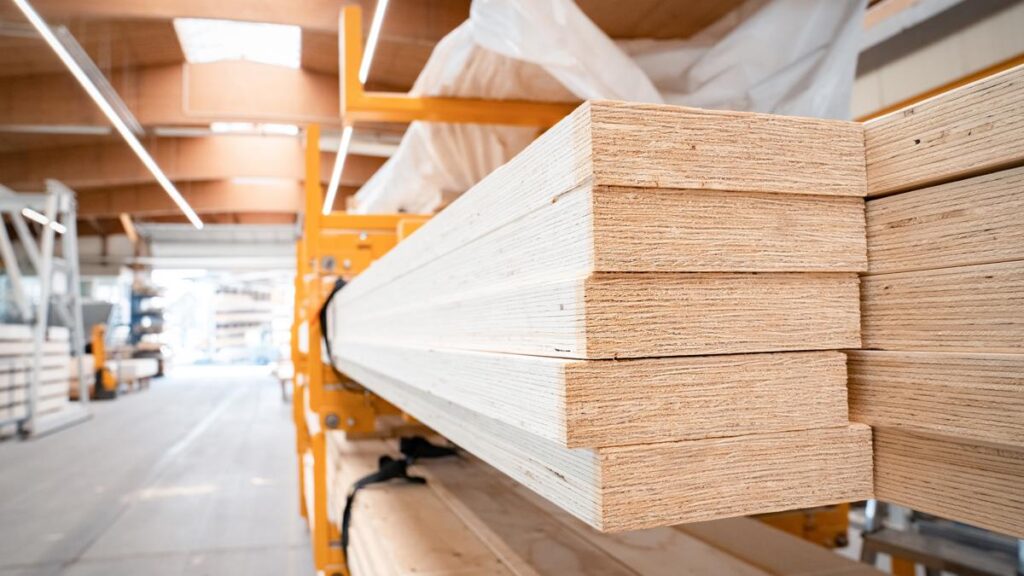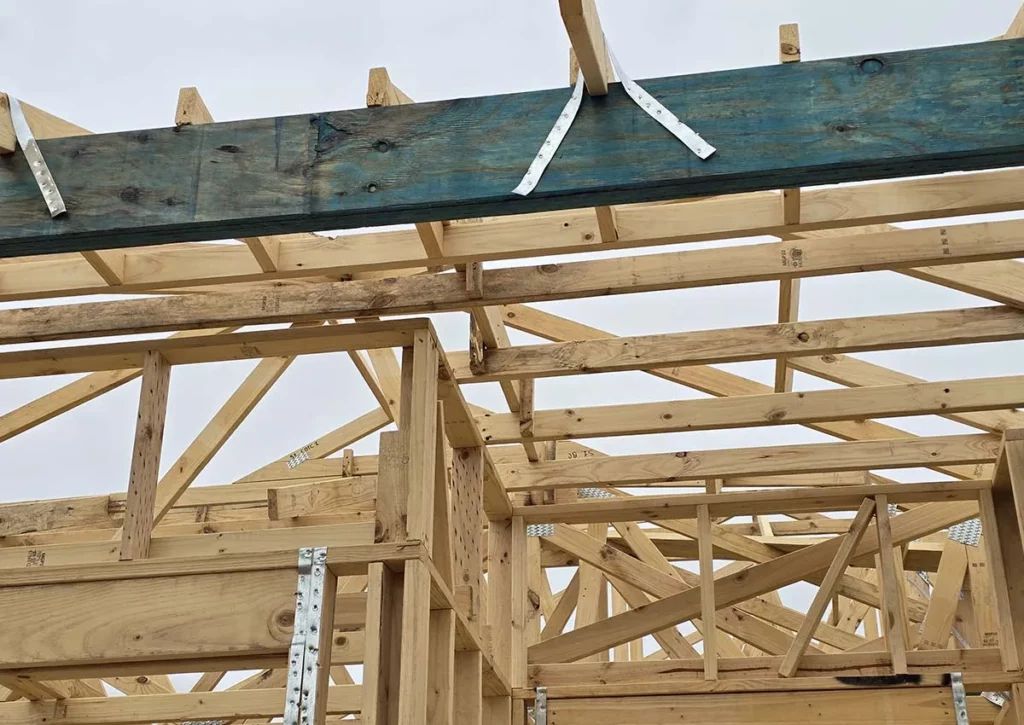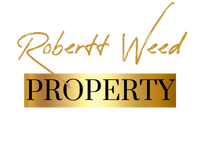Formwork LVL (Laminated Veneer Lumber) is a fundamental part of modern construction, representing a major improvement in engineered wood technology. This specialised material consists of multiple layers of thin wood veneers, bonded together under high pressure to create a strong structural component essential for concrete forming applications.
The strength of any construction project depends on how reliable its formwork system is. LVL formwork provides the crucial framework that shapes and supports concrete during its pouring and curing phases, making sure the final structure meets exact specifications and safety standards.
In today’s construction industry, engineered wood products have transformed building practices by:
- Improved Strength – Made to specific measurements for consistent performance
- Efficient Use of Resources – Advanced processing techniques that make the best use of timber resources
- Better Stability – Less likely to warp or twist
- Predictable Performance – Designed for specific weight-bearing needs
Formwork LVL represents a significant change from traditional timber formwork, offering builders and engineers a material that combines strength, durability, and cost-effectiveness in concrete construction applications.
Understanding Formwork LVL: Composition and Manufacturing
Laminated Veneer Lumber (LVL) is an advanced type of engineered wood. The manufacturing process starts with carefully chosen timber logs, usually from sustainable softwood species. These logs are processed using a method called rotary peeling to produce thin sheets of wood known as veneers.
The future of construction requires materials that meet both structural needs and sustainability goals. Formwork LVL achieves this with its innovative design and manufacturing process. As the construction industry evolves, Formwork LVL’s reputation as a dependable structural choice grows stronger, backed by its proven track record in providing durable, cost-effective, and environmentally friendly solutions.

Veneer Specifications and Layer Arrangement
The veneers used in LVL manufacturing have specific measurements and are arranged in a particular way:
- Thickness: The veneers range from 2.5mm to 4.8mm in thickness.
- Layer Arrangement: The veneers are stacked in parallel layers with their grain directions aligned.
This intentional alignment of the wood grain sets LVL apart from traditional plywood and gives it exceptional strength properties. To bond the layers together, weather-resistant adhesives are applied under high pressure at temperatures exceeding 150°C.
Quality Control Measures
To ensure the highest quality standards, several quality control measures are implemented throughout the manufacturing process:
- Automated moisture content monitoring: This helps maintain optimal moisture levels in the wood, preventing warping or cracking.
- Ultrasonic scanning for internal defects: Any internal flaws or imperfections in the wood can be detected using ultrasonic technology.
- Computerised strength grading: Each piece of LVL is graded based on its strength characteristics using computerised systems.
- Rigorous density testing: Density tests are conducted to ensure uniformity and consistency in the material.
Benefits of Strict Quality Control
The strict quality control measures implemented at every stage of production offer several benefits:
- Uniform density distribution: Ensuring that density is consistent throughout the material enhances its strength and load-bearing capacity.
- Consistent structural properties: By maintaining uniformity in structural properties, LVL can be relied upon for various applications.
- Minimal variation between batches: This ensures that each batch of LVL produced has similar characteristics, making it easier to predict performance.
- Enhanced dimensional stability: The controlled production method helps reduce the likelihood of warping or shrinkage over time.
The combination of deliberate veneer arrangement, high-pressure bonding, and stringent quality control results in a formwork material that outperforms traditional timber products. LVL offers predictable performance characteristics and superior load-bearing capacity, making it an ideal choice for various construction applications.
Read more about on: F14 Plywood vs F17 Plywood Which Formwork Option is Best
Key Structural Advantages of Formwork LVL
The remarkable strength-to-weight ratio of Formwork LVL sets it apart in construction applications. At approximately 30% lighter than traditional alternatives, LVL enables:
- Swift on-site handling
- Reduced labour requirements
- Minimised workplace injuries
- Efficient installation processes
Dimensional stability stands as a defining characteristic of Formwork LVL. The engineered nature of the material creates exceptional resistance to:
- Warping under pressure
- Twisting during installation
- Shrinkage in varying conditions
- Shape alterations from moisture exposure
The superior load-bearing capacity of Formwork LVL proves essential during concrete operations. The material withstands:
- Heavy wet concrete loads
- Substantial vertical pressures
- Dynamic forces during pouring
- Extended curing periods without deformation
These structural properties make Formwork LVL particularly suited for challenging construction scenarios where precision and strength cannot be compromised. The material maintains its structural integrity throughout multiple uses, delivering consistent performance across diverse project requirements.
In fact, the precision required in certain construction projects can even draw parallels to precision titanium machining, where exactness and quality are paramount.

Durability and Reusability of Formwork LVL
Advanced adhesive technology transforms Formwork LVL into a highly durable construction material. The phenolic resins used in the manufacturing process create moisture-resistant bonds between wood veneers, protecting against water damage during concrete pouring and adverse weather conditions.
The robust construction of Formwork LVL enables significant reuse potential:
- Up to 15-20 uses per panel under proper maintenance
- Resistant to edge damage during stripping
- Maintains dimensional accuracy across multiple applications
The cost analysis of Formwork LVL reveals substantial savings through repeated use:
- Initial investment offset by extended lifespan
- Reduced replacement frequency
- Lower labour costs for panel repairs
The durability advantages of Formwork LVL extend beyond its physical properties. The engineered nature of the product ensures consistent performance throughout its service life, maintaining structural integrity even after numerous concrete pours. This reliability makes it a cost-effective alternative to traditional plywood formwork, which typically requires replacement after 5-7 uses.
Versatility and Customisation in Formwork LVL Applications
Formwork LVL demonstrates exceptional adaptability across diverse construction applications. Its structural versatility enables seamless integration in:
- Vertical Elements
- Load-bearing walls
- Support columns
- Lift shafts
- Retaining structures
- Horizontal Components
- Floor slabs
- Bridge decks
- Roof systems
- Beam formations
The customisation capabilities of LVL extend to precise size specifications, with manufacturers offering:
- Width ranges from 45mm to 1,200mm
- Lengths up to 13 metres
- Custom thickness options between 35mm to 75mm
LVL’s design flexibility accommodates complex architectural requirements, including curved surfaces and non-standard geometries. The material’s inherent stability allows for precise forming of:
- Radius walls
- Spiral staircases
- Architectural features
- Sculptural elements
This adaptability, combined with LVL’s strength properties, creates opportunities for innovative design solutions while maintaining structural integrity across varied applications. Moreover, the application of advanced technologies in the production of LVL has further enhanced its performance and usability in the construction industry.
Comparing Formwork LVL with Traditional Plywood Options
The distinction between F14 and F17 plywood grades lies in their structural capabilities:
F14 Grade Plywood
- Moderate strength rating suitable for standard construction
- Cost-effective choice for temporary formwork
- Load-bearing capacity of 14 MPa
F17 Grade Plywood
- Higher strength rating for demanding applications
- Enhanced durability under heavy loads
- Load-bearing capacity of 17 MPa
High-Density Overlay (HDO) plywood brings additional advantages to concrete forming:
- Resin-impregnated surface creating smoother concrete finishes
- Reduced concrete adhesion for easier stripping
- Extended panel life through enhanced moisture resistance
Proper maintenance practices significantly impact formwork longevity:
- Immediate cleaning after concrete stripping
- Application of release agents before each use
- Storage in dry, covered areas between uses
- Regular inspection for delamination or surface damage
- Prompt repairs of minor damages using appropriate fillers
The choice between LVL and traditional plywood options depends on project-specific requirements, with LVL offering superior strength characteristics and traditional plywood providing cost-effective solutions for specific applications.
Integration with Reinforcement Systems for Maximum Structural Strength
The strategic placement of reo bars within concrete structures creates a robust internal framework essential for structural integrity. Precise positioning of reinforcement bars determines the load-bearing capacity and longevity of concrete elements.
LVL formwork systems feature engineered designs that accommodate various reo bar configurations:
- Integrated Spacer Systems – Built-in mechanisms maintain correct concrete cover
- Enhanced Edge Support – Reinforced edges prevent displacement during concrete pours
- Flexible Tie Points – Multiple attachment options for different bar arrangements
Coastal construction projects benefit from rust-resistant reo bars paired with LVL formwork. The combination delivers:
- Superior corrosion protection in salt-laden environments
- Extended infrastructure lifespan up to 100 years
- Reduced maintenance requirements
The compatibility between LVL formwork and modern reinforcement systems enables precise concrete coverage depths. This synergy creates structures with optimal strength distribution and minimised weak points. Advanced LVL formwork designs incorporate dedicated channels and support features that simplify reo bar installation while maintaining critical spacing requirements.
Environmental and Economic Benefits of Using Formwork LVL
The adoption of Formwork LVL represents a significant step towards sustainable construction practices. The engineered wood manufacturing process maximises resource utilisation by transforming smaller timber sections into robust structural elements, reducing raw material waste by up to 60% compared to traditional lumber.
Cost Savings
LVL’s durability translates into substantial cost savings across construction projects. A single LVL formwork panel can withstand 15-20 reuse cycles, drastically reducing replacement costs and material procurement needs. This extended lifespan proves particularly valuable for large-scale developments requiring multiple concrete pours.
Waste Reduction
The precision engineering of LVL minimises off-cuts and waste during installation:
- Standardised dimensions eliminate irregular sizing issues
- Pre-cut options reduce on-site modifications
- Damaged sections can be repurposed for smaller applications
The controlled manufacturing environment of LVL ensures optimal material usage, with computerised cutting patterns maximising yield from raw timber resources. This efficiency extends to transportation costs, as LVL’s consistent dimensions allow for optimised loading and reduced freight requirements.
Enhancing Construction Site Safety with Complementary Materials
Construction site safety requires a comprehensive approach that goes beyond just using LVL formwork. To ensure the safety of workers and the public, additional protective measures are necessary. Chain and shade mesh systems are essential barriers that provide multiple benefits:
Benefits of Chain and Shade Mesh Systems
- Material Protection: These systems offer coverage options ranging from 50% to 90%, effectively shielding valuable construction materials from theft or damage.
- Noise Reduction: In urban areas where construction sites are in close proximity to residential buildings, noise reduction becomes critical. Chain and shade mesh systems help minimise noise pollution caused by construction activities.
- Wind Control: Dust dispersion can be a significant issue on construction sites, especially in windy conditions. By implementing wind control measures such as chain and shade mesh systems, dust particles can be contained and site cleanliness maintained.
Scaffold netting is another important component of workplace safety compliance:
Role of Scaffold Netting in Workplace Safety
- Preventing Falling Objects: Scaffold netting acts as a barrier to prevent tools, equipment, or materials from accidentally falling off scaffolds and posing a risk to workers below.
- Creating Secure Work Zones: By enclosing specific areas with scaffold netting, it becomes easier to establish secure work zones where only authorised personnel are allowed entry.
- Protecting Pedestrians: Construction activities often take place near public walkways or roads. Installing scaffold netting provides an additional layer of protection for pedestrians passing by construction areas.
To ensure the longevity and effectiveness of these safety installations, UV-resistant materials are used:
Advantages of UV-Resistant Materials
- Extended Lifespan: Mesh materials treated with UV-resistant coatings maintain their structural integrity even when exposed to harsh sunlight over extended periods.
- Weather Resistance: These materials are designed to withstand various climate conditions such as rain, wind, and extreme temperatures without experiencing degradation.
- Cost-Effective: By reducing the frequency of replacements and minimising maintenance requirements, UV-resistant materials offer cost savings in the long run.
The integration of these safety measures with LVL formwork systems creates a comprehensive safety framework that meets Australian construction standards. The combination of UV-resistant materials with proper installation techniques ensures reliable protection throughout the entire project lifecycle.
Best Practices for Installation and Maintenance of Formwork LVL
Proper installation and maintenance of Formwork LVL systems demand strict adherence to specific guidelines for optimal performance. The following practices ensure structural integrity and longevity:
Installation Guidelines:
- Maintain precise alignment and spacing between supports
- Use appropriate bracing systems at recommended intervals
- Apply release agents evenly before concrete placement
- Check all connections and fasteners for secure fitting
Essential Maintenance Protocol:
- Clean surfaces immediately after each use
- Store panels horizontally in dry conditions
- Inspect for damage before subsequent uses
- Replace damaged sections promptly
Common Issues Prevention:
- Monitor concrete pour rates to prevent excessive pressure
- Install adequate ties to prevent bulging
- Control moisture exposure during storage and use
- Check weather conditions before installation
Regular inspection during concrete pouring helps identify potential issues early. A systematic approach to maintenance, combined with proper handling techniques, significantly extends the service life of Formwork LVL systems. These practices minimise the risk of structural failures and ensure consistent performance across multiple project cycles.
Conclusion
Formwork LVL is changing the game in modern construction, making structures more reliable with its engineered excellence. Its advanced manufacturing processes and careful grain alignment create a product that stands out in strength, stability, and performance.
The compelling advantages of Formwork LVL include:
- Superior Structural Integrity: Exceptional strength-to-weight ratio and dimensional stability
- Economic Value: Extended service life through multiple reuse cycles
- Environmental Responsibility: Efficient resource utilisation and waste reduction
- Versatile Applications: Adaptability to diverse construction requirements
- Safety Enhancement: Reliable performance when integrated with reinforcement systems
More and more construction professionals are embracing Formwork LVL as they see its significant benefits. This engineered wood product is a smart investment for construction projects, offering consistent quality and predictable performance across different applications.
This innovative formwork solution showcases the progress made in construction materials, setting new benchmarks for structural reliability and project efficiency in the built environment.


